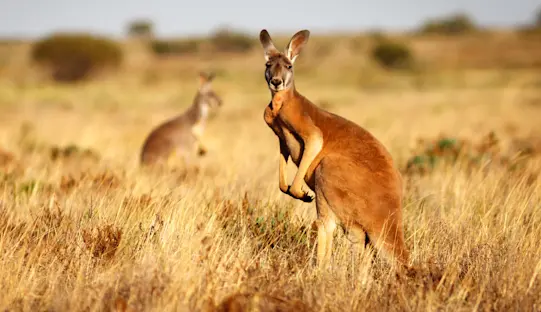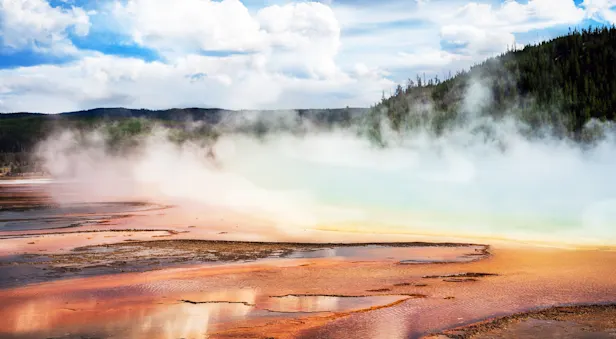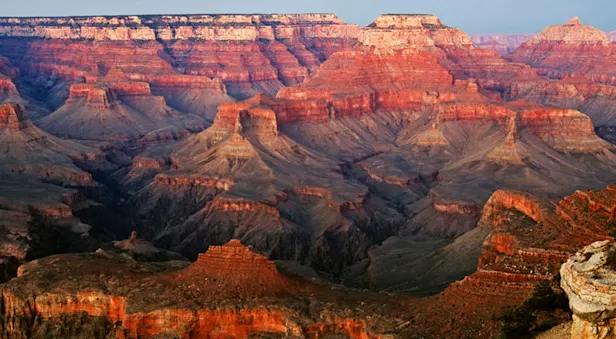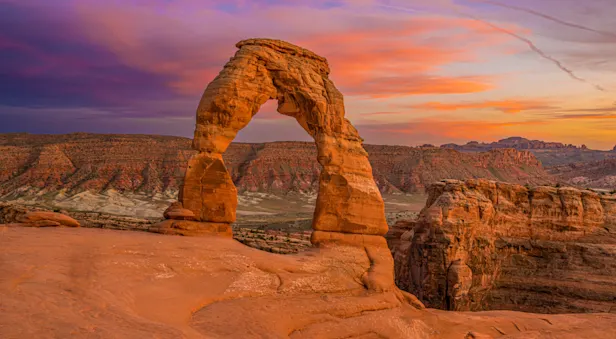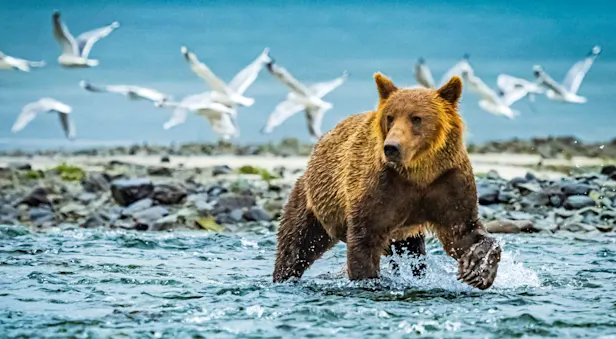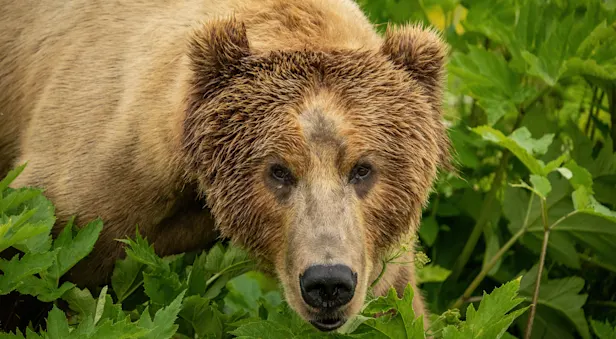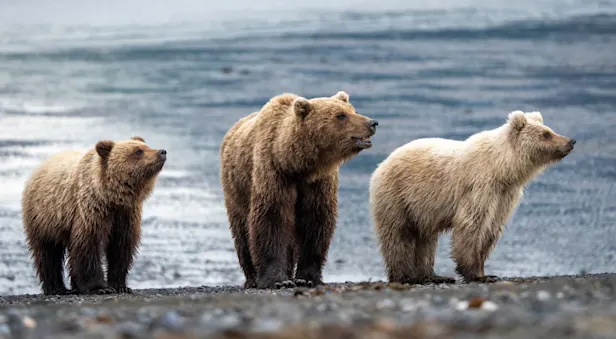If you think you can’t find a wild, less-traveled experience in America’s national parks, think again. Because we take a different approach. Our Expedition Leaders guide small-group adventures and specialized Photo Expeditions to the most remote parts of these renowned nature sanctuaries. We leave the crowds behind for spots that are secluded and close to wildlife. We stay at atmospheric lodges in coveted locations. Wallace Stegner called our national parks “America’s Best Idea”—we think so, too!
Filter Trips By:
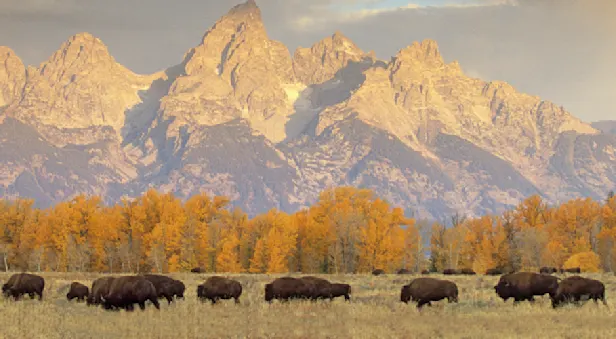
Ultimate Yellowstone & Grand Teton Safari
A small-group exploration of Yellowstone and the Tetons as few get to experience these iconic parks—scout for wildlife and discover secret places with our naturalist guides who know this region intimately.
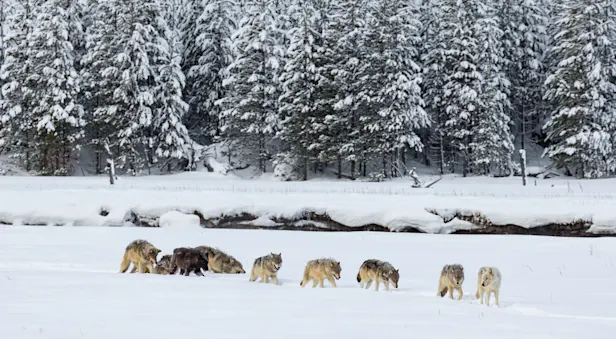
Ultimate Winter Yellowstone: Wolves & Wildlife
Track elusive wolves plus abundant bison, elk, moose and other wildlife, and witness geothermal phenomena amid the snowy splendor of Yellowstone and Grand Teton national parks.

Glacier & Waterton: An International Treasure
Sheer-walled peaks, icy lakes, alpine valleys, summer wildflowers and magnificent wildlife! Discover all the wonders on both sides of the border with naturalist guides who know this land intimately.
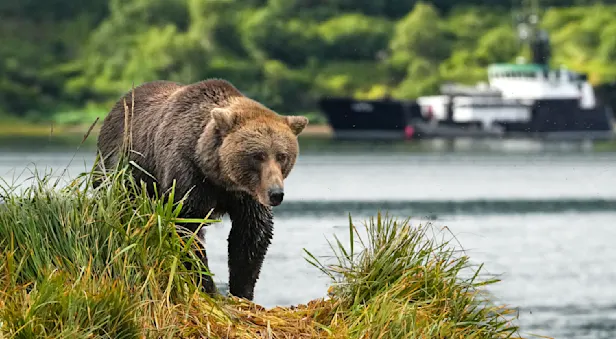
Alaska's Grizzly Ship: Kodiak to Katmai
An exclusive small-ship adventure to view giant brown bears—the world's largest "coastal grizzlies"—up close! Walk the shores as bears dig for clams, forage for sedges and pursue salmon in season in tidal streams.
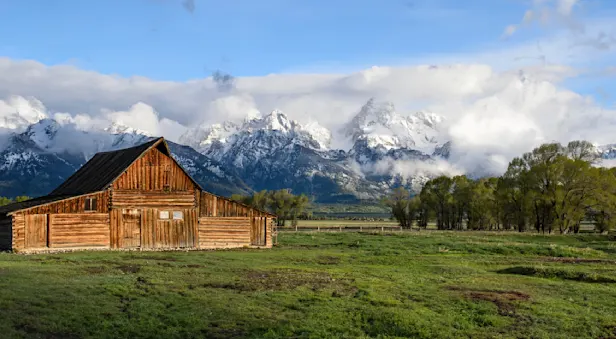
Yellowstone & Grand Teton Photo Expedition
Led by top photographers who are some of Yellowstone's most seasoned naturalist guides, seek shots of bison, elk, moose, bears, wolves and more, plus legendary landscapes, on a peerless national park photo safari.
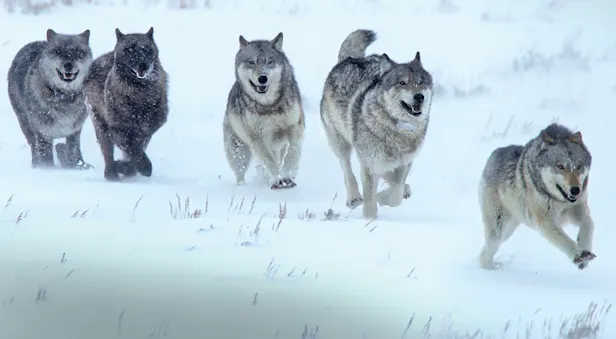
Winter Yellowstone & Grand Teton Photo Expedition
Capture frosty wildlife images in winter solitude in Yellowstone and Grand Teton—go deep into the silent wilds by snowcoach, shoot dramatic landscapes, and photograph roaming elk in Jackson Hole.
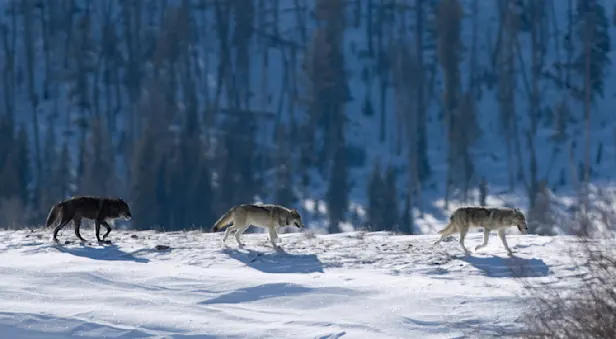
Yellowstone Wolf & Wildlife Photo Expedition
Passionate about wolves? Join us in the best place on the planet to search for them in the wild, on our most wolf-focused itinerary—and photograph an array of other iconic Yellowstone wildlife that shares their habitat.
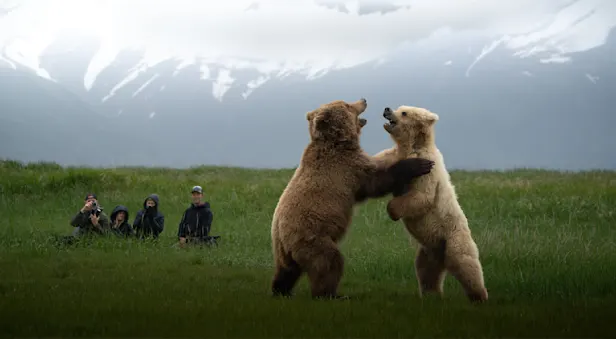
Grizzly Ship Photo Expedition: Kodiak to Katmai
Based aboard our private small ship, just eight guests photograph brown bears in the roadless Katmai wilderness, going ashore with an expert bear naturalist and photography pro who knows these animals intimately.











